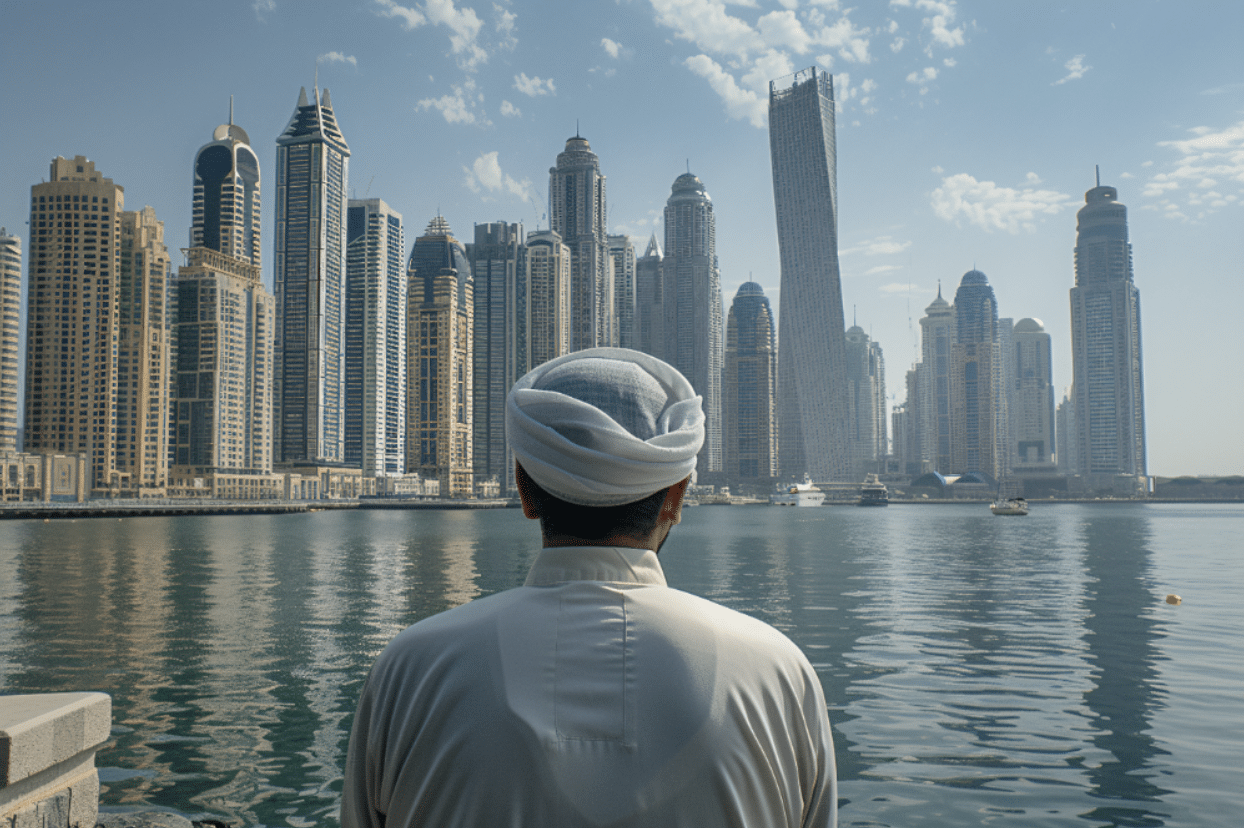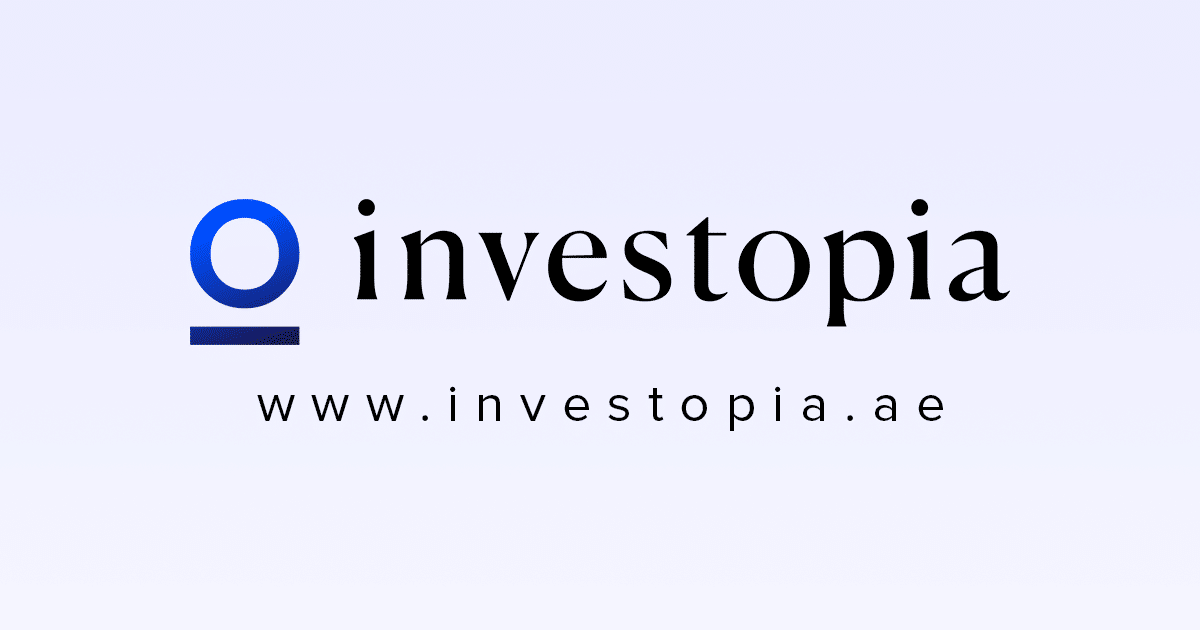Share
Key Takeaways
- GCC sovereign wealth funds are expected to exceed $5 trillion in early 2025 and reach $7.3 trillion by 2030.
- UAE’s Mubadala and Saudi Arabia’s PIF funds have increased their focus on green investments.
- Healthcare, AI technology, and the financial services sector remain the main focus areas.
MENA sovereign wealth funds are the silent forces behind entrepreneurship, innovation, and economic growth within their home markets. But they do not stop there. They are constantly looking for value-creating opportunities beyond their borders.
Middle Eastern sovereign wealth funds have funded various entrepreneurial ventures in the last few years, including those in artificial intelligence (AI) and blockchain, even at earlier, riskier stages. They currently manage $4.9 trillion and are expected to exceed $5 trillion in early 2025 and reach $7.3 trillion by 2030, helping the region shift away from oil dependence.
How Sovereign Wealth Funds Are Transforming MENA’s Economy
SWFs, especially from the UAE and Saudi Arabia, are central to MENA’s Vision 2030, focusing on sectors like tech startups, healthcare, and tourism to foster economic resilience beyond oil.
In 2023, these funds made up 40% of global SWF deals, investing $55 billion across 126 transactions. They included projects in fintech, biotech, and green energy, mainly in Asia, Europe, and the US.
The key focus sectors reflect the economic futures their countries aim to build, often moving away from overdependency on oil and gas. Instead, they focus on:
- Technology: Investments in AI, blockchain, cloud computing, and cybersecurity.
- Healthcare: Emphasis on biotechnology and digital health.
- Renewable energy: Projects in solar, wind, and green hydrogen.
- Infrastructure: Development of smart and air mobility and sustainable urban areas.
- Financial services: Support for fintech and digital banking.
Saudi Arabia’s Public Investment Fund (PIF) has been the most active SWF globally in 2023, deploying $31.5 billion alone. It has invested in NEOM and Riyadh Air to create new industries and boost innovation and in SoftBank’s Vision Fund to gain a foothold in advanced technologies like AI, robotics, and clean energy.
Similarly, last year, Mubadala, one of the UAE’s leading SWFs, invested $11.3 billion in healthcare, digital infrastructure, and renewable energy sectors.
How SWFs Are Contributing to Net-Zero Goals
Such investments go hand-in-hand with the region’s sustainability goals as deals increasingly focus on speeding up the energy transition. These government-backed funds will play an impactful role in assisting the UAE and Oman in achieving net-zero emissions by 2050, while Saudi Arabia, Bahrain, and Kuwait target the same by 2060.
Saudi Arabia and the UAE remain leaders in promoting clean energy solutions. Their sovereign wealth funds, PIF and Mubadala, are determined to support this goal by investing in green assets and environmentally conscious technologies.
The Impact of Sovereign Wealth Funds on MENA’s Future
Looking ahead, MENA’s SWFs will likely explore emerging sectors like green hydrogen, digital transformation, and AI-driven healthcare innovations. Such a vision aligns with regional and global sustainability goals and is likely–as has been the case until now–to have governments’ support.
As MENA’s sovereign wealth funds continue their upward trajectory, their focus on innovation, sustainability, and global partnerships will define the region’s economic landscape. The next decade will witness these funds shaping MENA’s future, helping achieve net zero goals in the region, and influencing global economic trends.









